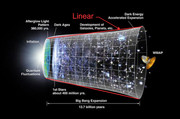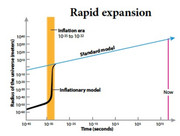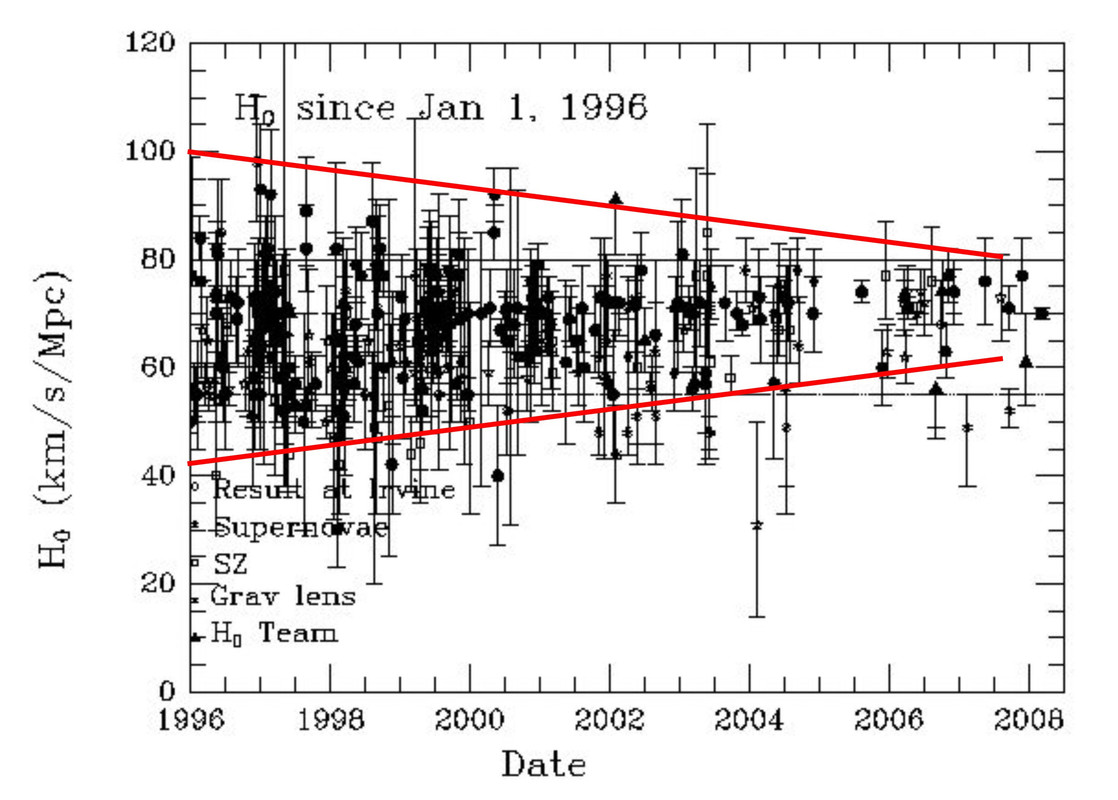I've tried to improve the arguments behind the Big Bang Theory.
Each of these can be easily searched for on the web for incredible details, if desired.
All scientific theories, including hypotheses, must be objective based. Predictions from any new model must come forward and tested to either faslify the model or improve its stature.
Any new cosmological model must be able to explain, preferably falsify, all the multiple lines of evidence that produce the incredible confluence culminating in the BBT.
Of course, this huge theory, as with any scientific theory, will fall into constant scrutiny, so some areas will need better scientific methods, perhaps, to refine the model.
Please let me know i f something is in error, or if some other arguments should be added to this bullet list.
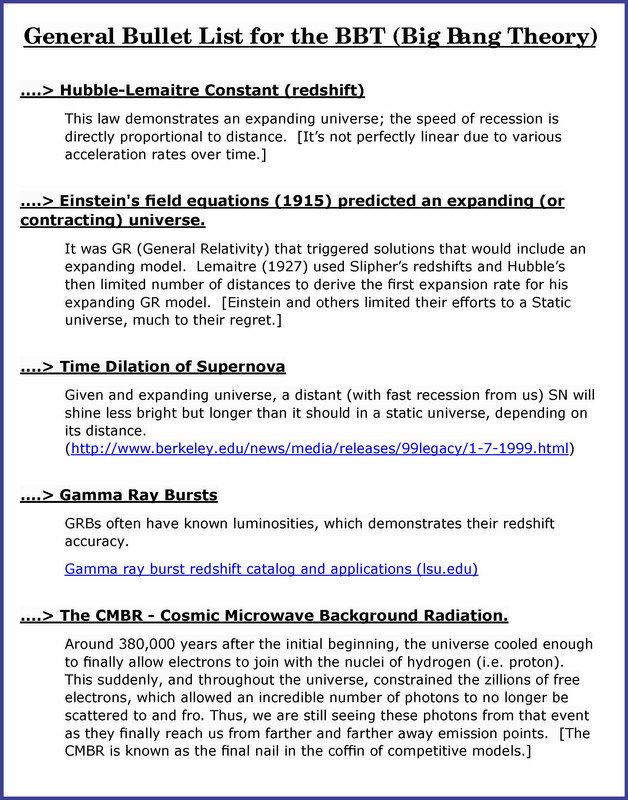 [/url]
[/url]
[url=https://postimg.cc/gxDQ1bSJ]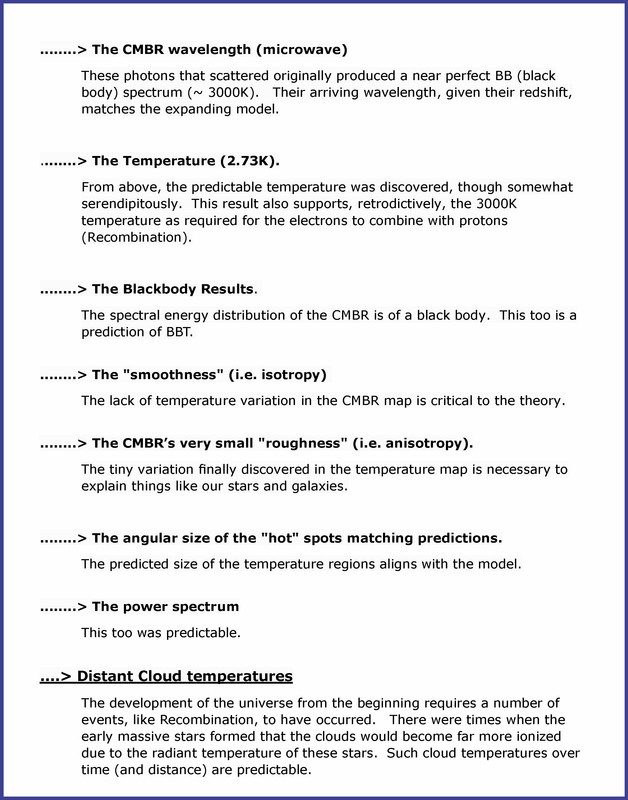 [/url]
[/url]
[url=https://postimg.cc/ykCGd82x]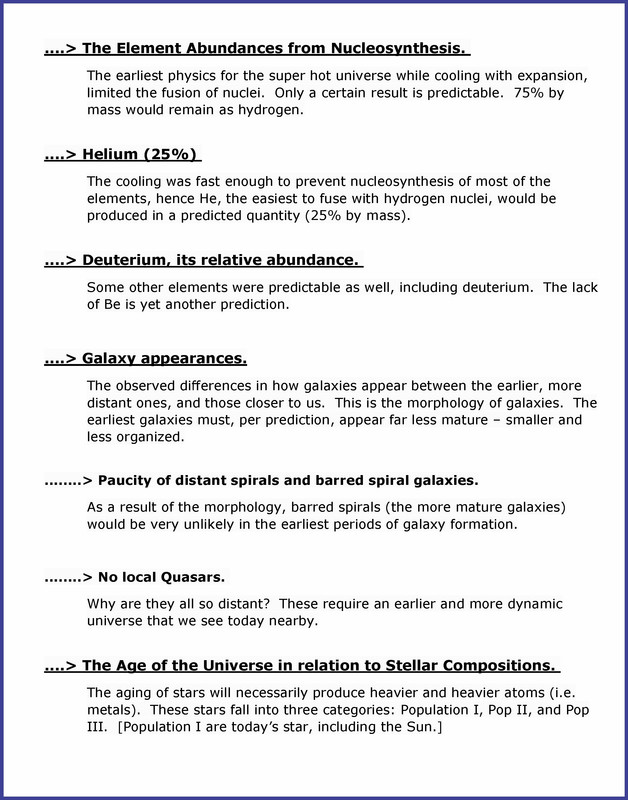 [/url]
[/url]
[url=https://postimg.cc/KK1ff6CC]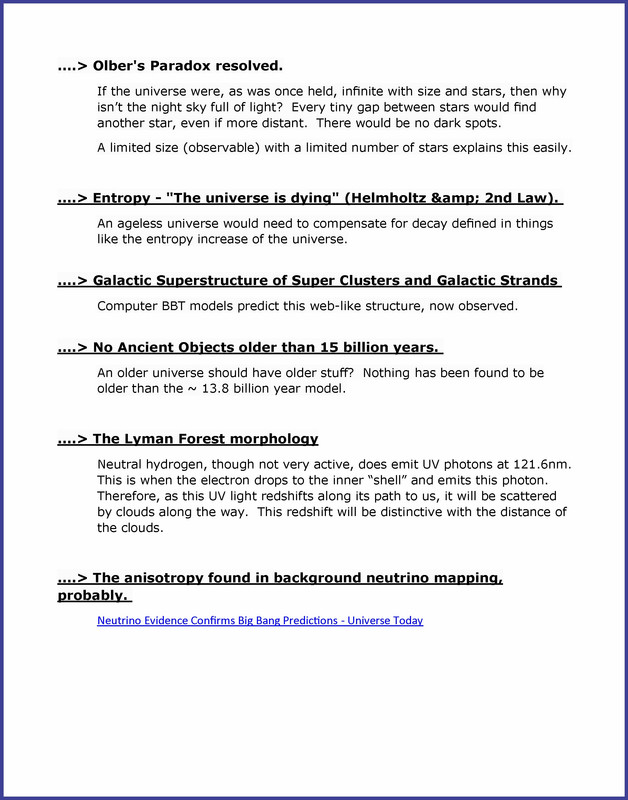
Each of these can be easily searched for on the web for incredible details, if desired.
All scientific theories, including hypotheses, must be objective based. Predictions from any new model must come forward and tested to either faslify the model or improve its stature.
Any new cosmological model must be able to explain, preferably falsify, all the multiple lines of evidence that produce the incredible confluence culminating in the BBT.
Of course, this huge theory, as with any scientific theory, will fall into constant scrutiny, so some areas will need better scientific methods, perhaps, to refine the model.
Please let me know i f something is in error, or if some other arguments should be added to this bullet list.
 [/url]
[/url][url=https://postimg.cc/gxDQ1bSJ]
 [/url]
[/url][url=https://postimg.cc/ykCGd82x]
 [/url]
[/url][url=https://postimg.cc/KK1ff6CC]



